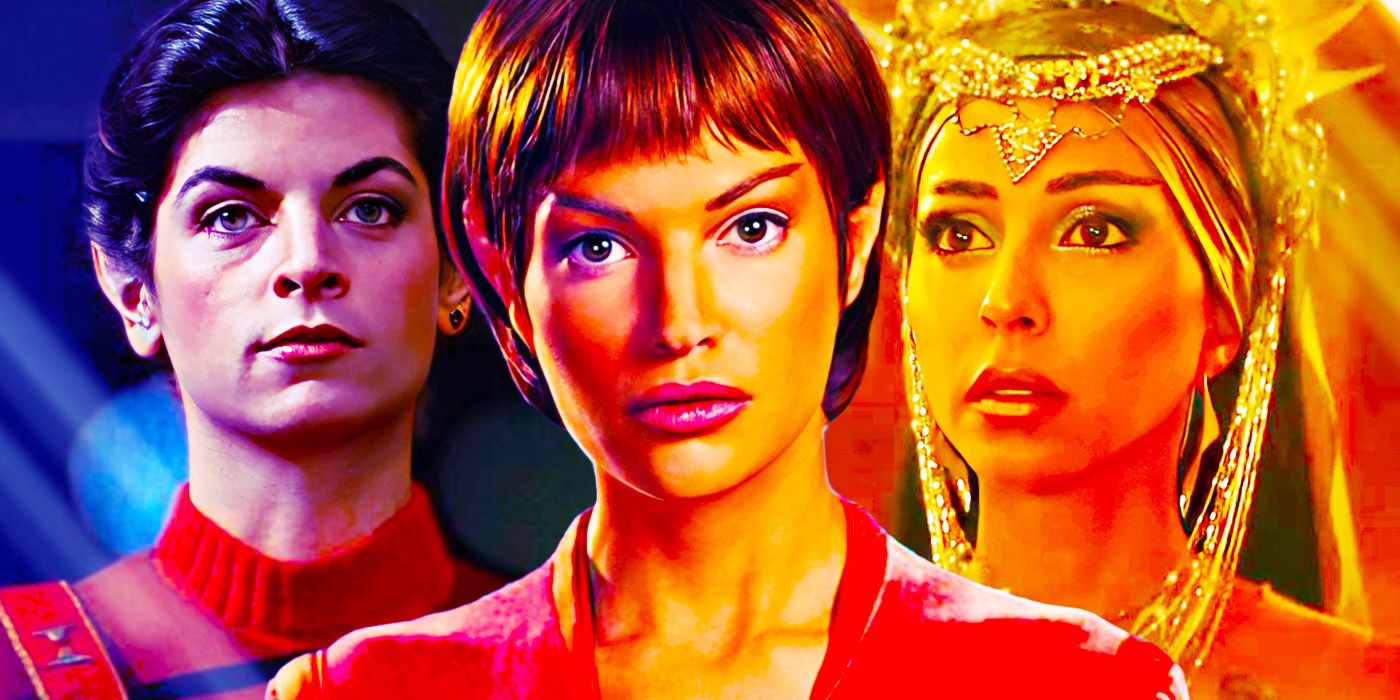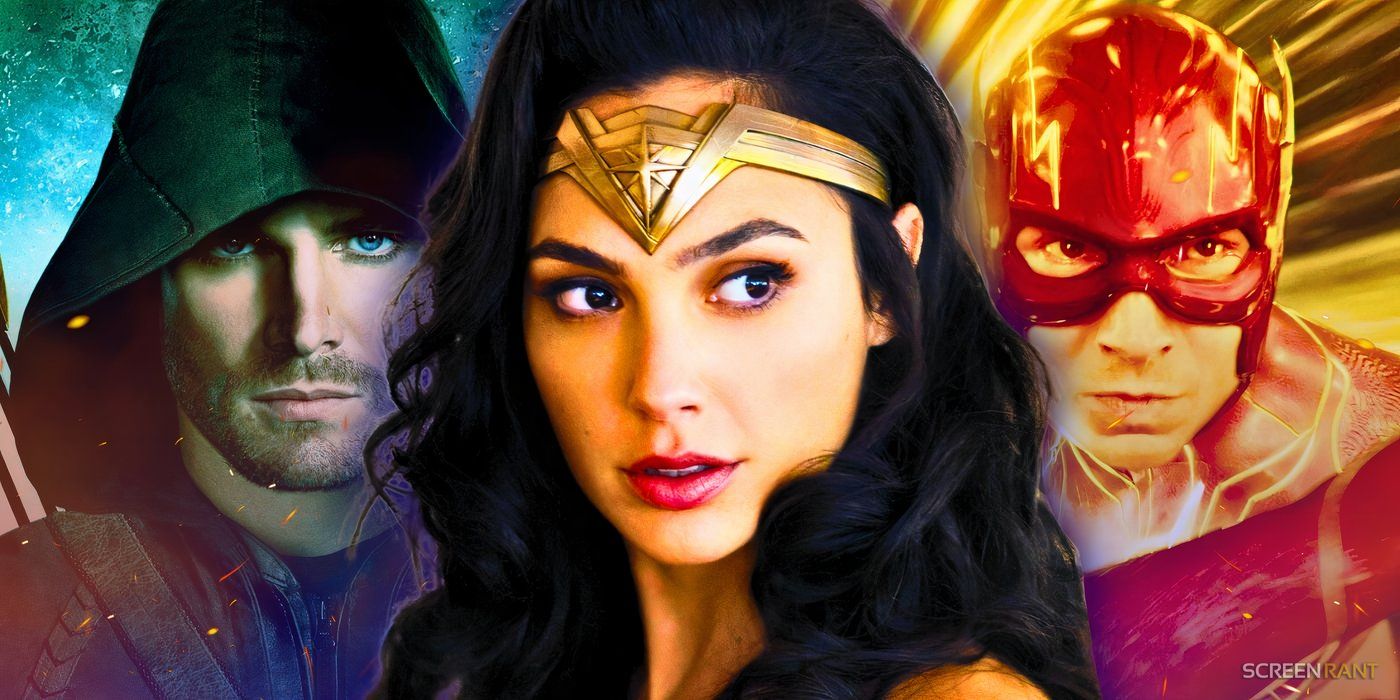With Old marking M. Night Shyamalan‘s 14th film over the course of his 27-year-long career as a writer, director, and (sometimes) actor, ranking his films from worst to best requires nearly as much precision as the thought he puts into his best twists. Though some of his work hasn’t only divided fans, but temporarily estranged them altogether, there’s no doubting Shyamalan’s mark on cinema over the past few decades.
On the surface, Shyamalan tends to gravitate towards thrillers, twist endings, and the kinds of stories someone might tell around a campfire. A closer look, however, highlights characters at odds with their faith, conspicuous visual symbolism (namely with colors, which stands out especially in Glass), and often micro-level conflicts between nature and man. His career has ebbed and flowed over the years – especially since he made a mainstream name for himself with The Sixth Sense, which earned six Oscar nominations, including Best Picture, Best Director, and Best Original Screenplay – and he is currently in the midst of a kind of comeback tour following the success of his found-footage thriller The Visit in 2015 and Glass’s 2017 predecessor Split.
While some laud Shyamalan’s confidence to brush aside the expected – or even digestible, in some cases – others have casually rallied against the filmmaker after the general tone of his films drastically deviated from the aesthetic groundwork he shaped earlier in his career. Now, with arguably more critical successes than commercial flops, Shyamalan’s career is on the up-and-up once again – so let’s take a look back at the fourteen films he’s released so far.
14. The Last Airbender (2010)
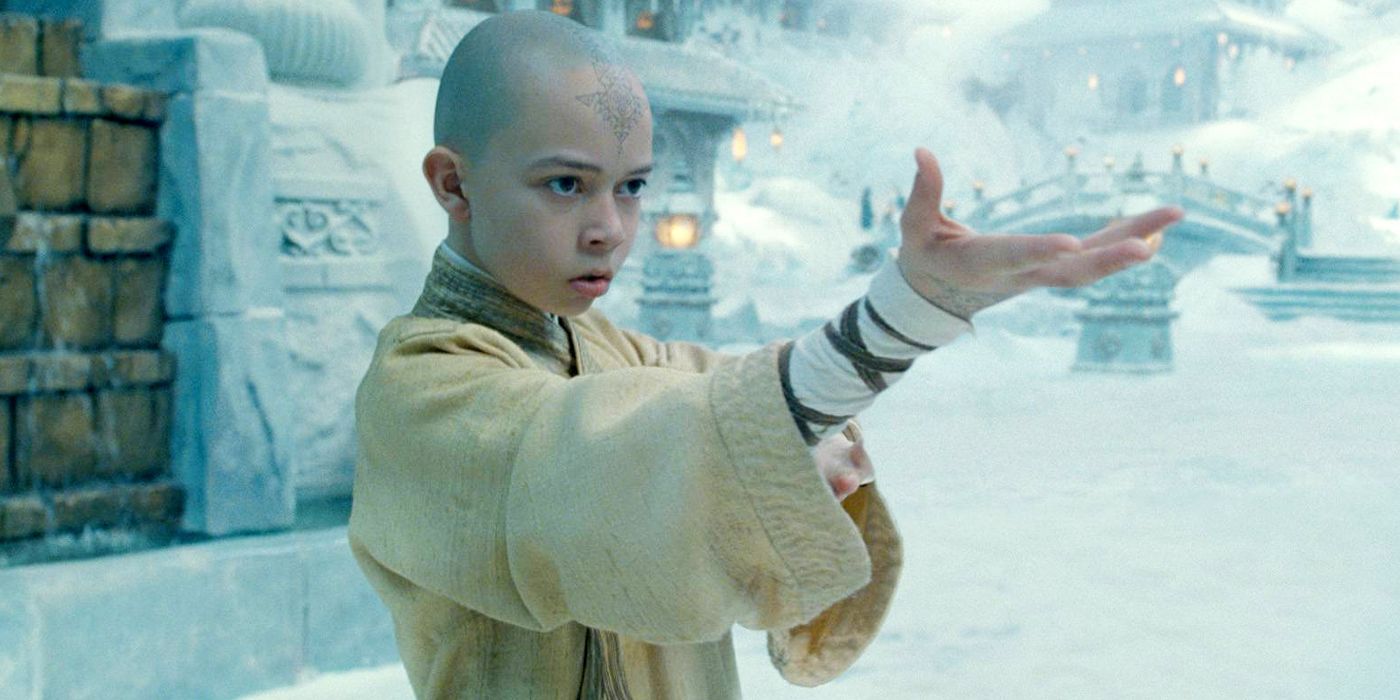
When Shyamalan decided to adapt the Nickelodeon animated series Avatar: The Last Airbender, he was doing it for his kids. Considering all but one of his films prior to this one was for a decidedly more mature audience, he tried his hands at something that wasn’t just family-friendly, but far out of his general genre wheelhouse. That said, despite his best intentions, The Last Airbender was a considerable misfire. Not only did it disappoint critics, earning a five percent rating on Rotten Tomatoes, it frustrated some diehard fans of the original series, who disapproved of Shyamalan’s uncharismatic interpretation.
13. After Earth (2013)
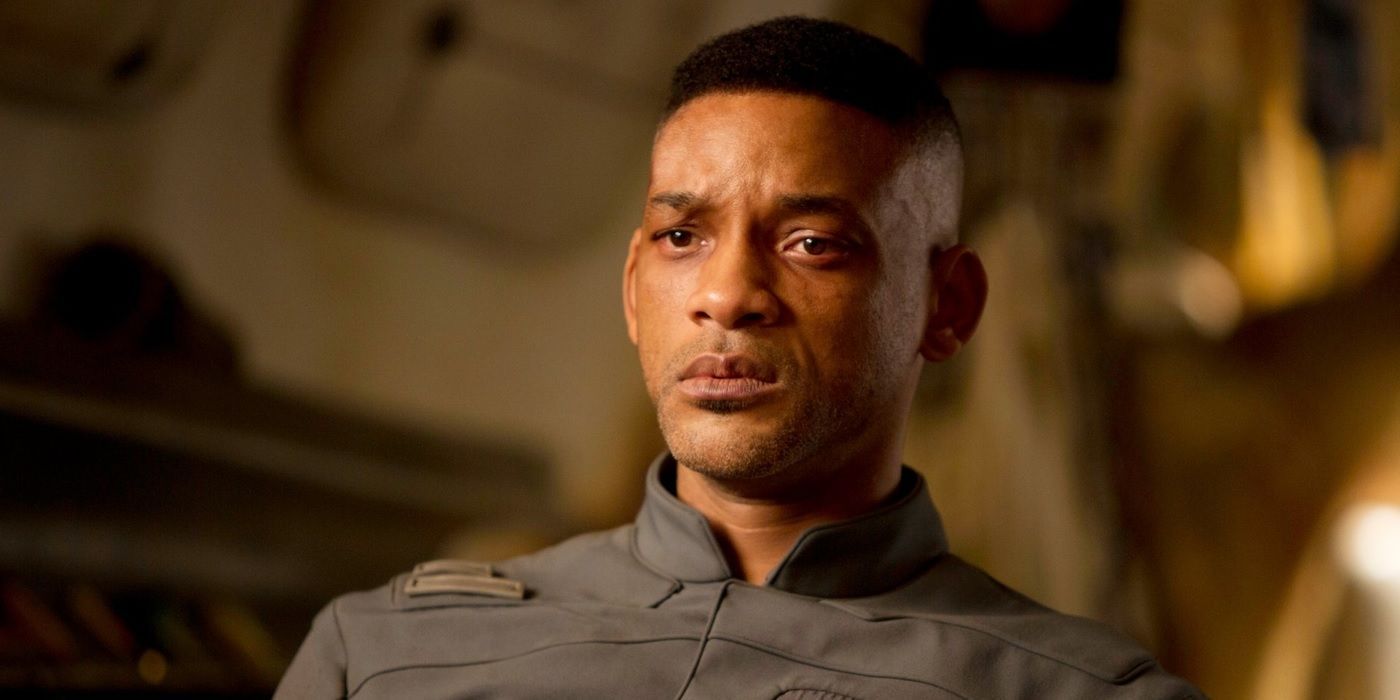
In the late 2000s and early 2010s, Shyamalan was digging himself into a creative hole. Many who enjoyed his original work were growing more and more alienated by the filmmaker’s general storytelling aesthetic, and by 2013’s After Earth, their growing skepticism had reached a tipping point. The post-apocalyptic sci-fi adventure film had all the makings of a satisfying blockbuster success – especially with Will Smith starring – but the final product turned out to be a mess. For someone who proved himself to have a knack for pacing, one of After Earth’s most egregious shortcomings is how tediously it trudges through plot points and set pieces that already aren’t nearly as inspired as many would hope. What could have been a fascinating first venture into sci-fi blockbusters turned out to be little more than a tired and frustrating effort.
12. The Happening (2008)
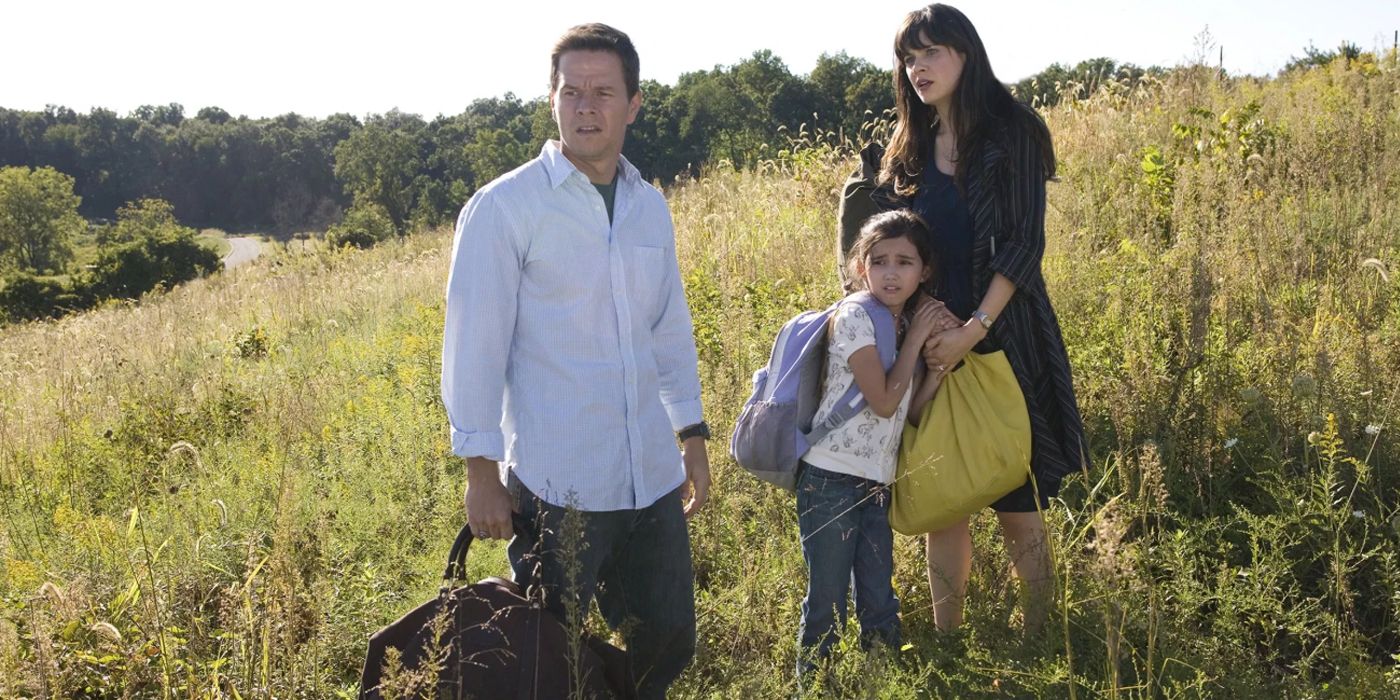
Shyamalan had already proven his skills with intimately-scaled thrillers around the late ’90s and early 2000s, so it seemed like a natural evolution to tackle the genre on a larger scale. On paper, The Happening seems like the perfect recipe for an M. Night Shyamalan success: Philadelphians in peril, an unknown threat testing a character’s base-level understanding of natural law, and an actor typically known for action films experimenting in horror. However, the results weren’t up to par with most people’s expectations. The Happening was released after Shyamalan toyed with the fantasy genre in Lady in the Water, so many were happy to see him take the reins on his first R-rated thriller; but when they discovered that The Happening was a ham-fisted allegory for climate change that somehow turned the act of suicide into a gory comedy routine, some had just about given up on the once-revered filmmaker.
11. Wide Awake (1998)
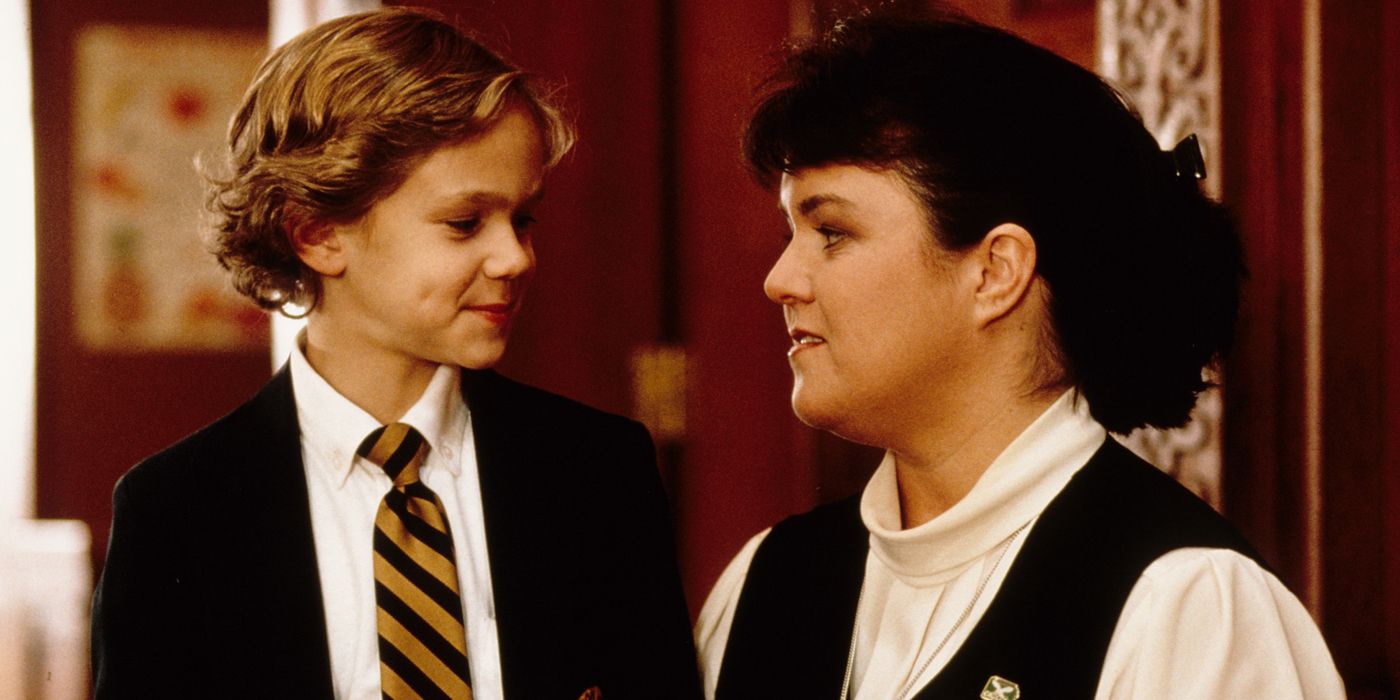
Wide Awake was Shyamalan’s first studio film, and it seems like a mostly harmless foray into the subgenre of coming-of-age prep schoolboy. That said, this isn’t Shyamalan’s Dead Poets Society. Wide Awake is about a young Joseph Cross who is desperately trying to get in touch with God after the death of his grandfather. And, while that might seem like an excusable catalyst for a busier, more layered plot, it isn’t. Rosie O’Donnell shows up to add some levity to the story, but she’s hardly in the film as much as her top billing might suggest. Shyamalan’s fascination with faith is laid on especially thick, and the most interesting aspect of this film is that it almost feels like a watered-down remake of his debut film Praying with Anger (down to the principal demanding student vandals to fess up for some mysterious mess they made). This film also incorporates a slight supernatural twist at the end that Shyamalan would later perfect in his follow-up, The Sixth Sense. In fact, as for twists that no one could see coming, this might give The Sixth Sense a run for its money – even if it’s not nearly as satisfying.
10. Praying with Anger (1992)
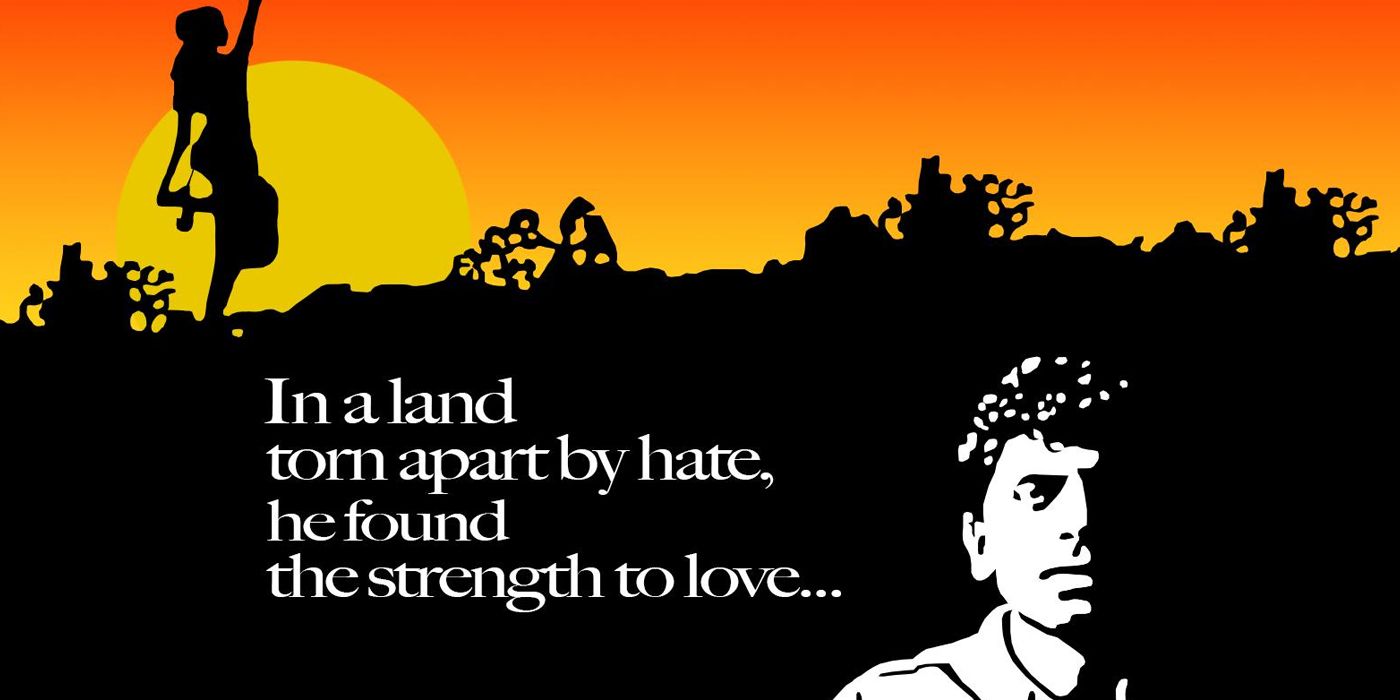
Shyamalan’s directorial debut, Praying with Anger, is a far cry from the kind of work audiences would later recognize him for, while still being very much a product of his go-to trademarks. In the film, Shyamalan stars as a young man who spends a year in India as part of a college exchange program. Over the span of the film, he suffers some intense culture shock, and must either embrace or reject the values of his home country. And, despite some issues with pacing, preachiness, and an overall lack of subtlety, Praying with Anger’s shortcomings can certainly be attributed to the film’s low budget, as well as Shyamalan’s inexperience. Otherwise, it’s an admirable first effort that feels surprisingly polished for a debut feature. And, yes, his first film does include a ghost – or a shadow at the very least.
9. Glass (2019)
Shyamalan is, for better or worse, the great and powerful Oz. On one hand, he’s capable of creating entertaining beauty for the masses; on the other hand, it’s possible he might sometimes reveal his secrets and spoil the magic for the sake of exposition. Sometimes he pulls back the curtain, sometimes he doesn’t – and it’s impossible to tell where he’ll lean in any given movie he releases. With Glass, the ending chapter in the “Eastrail 177 Trilogy,” Shymalan goes full Oz. Viewers enjoyed the oftentimes dangerous trip down his yellow brick road with Unbreakable and Split, but the final stop was little more than a refresher course of previous films and a parable about man’s unlimited potential. Though there are moments that hint at something greater, a cast who is giving it their all, and a concept that has the potential to be a truly satisfying cap on this unexpected franchise, Glass becomes a lesser Shyamalan film, despite all of his best intentions.
8. Lady in the Water (2006)
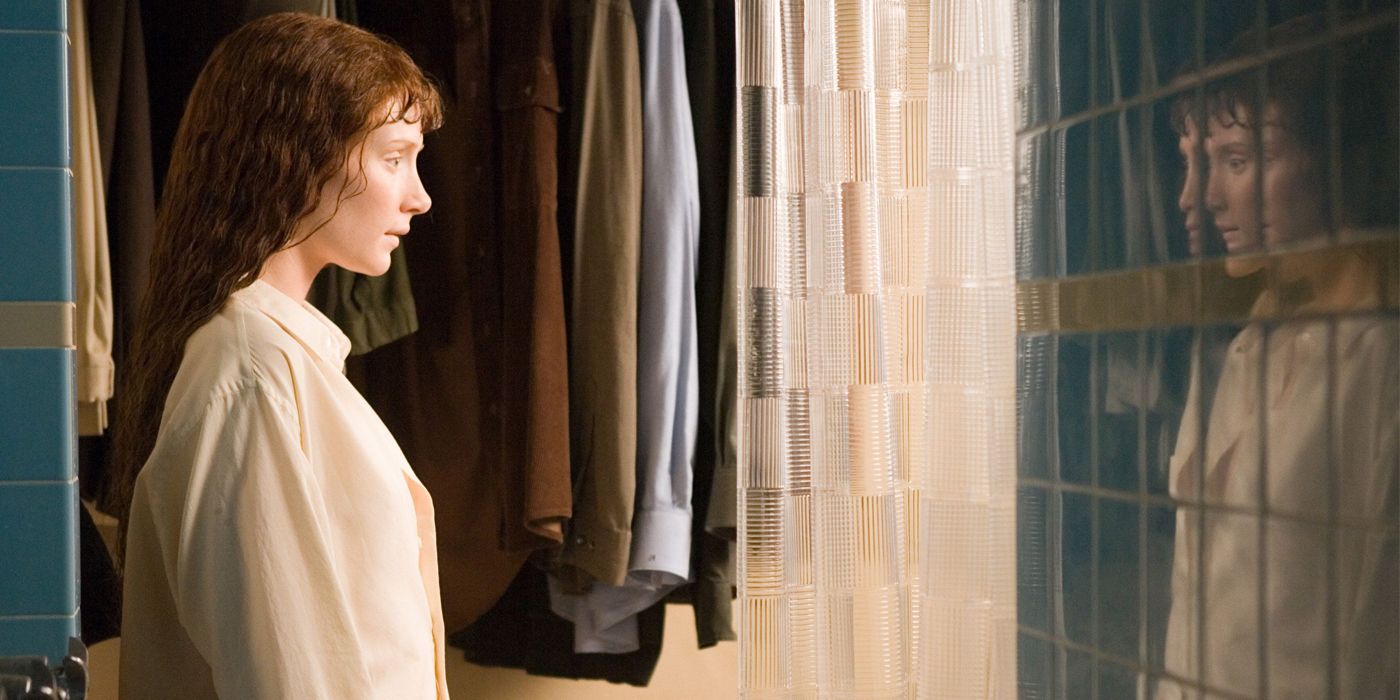
Shyamalan is nothing if not ambitious. By the time he started Lady in the Water, it’d be fair to assume that audiences would be interested to see what other tricks he had up his sleeve when it comes to putting his stamp on the supernatural. Unfortunately, the final result didn’t quite live up to most people’s expectations. While the film’s marketing would have people believe Lady in the Water was a traditional nail-biter in every sense of the word, it was much more his attempt to fuse fairytales with the real world (just listen to James Newton Howard’s score for context). Could the film have benefited from another rewrite? Sure. But, despite some questionable character choices – which are arguably the most notable low points – Lady in the Water is proof that Shyamalan has always been a big proponent of throwing ideas at the wall and seeing if they stick, notwithstanding the borderline lunacy of said ideas.
7. Old (2021)
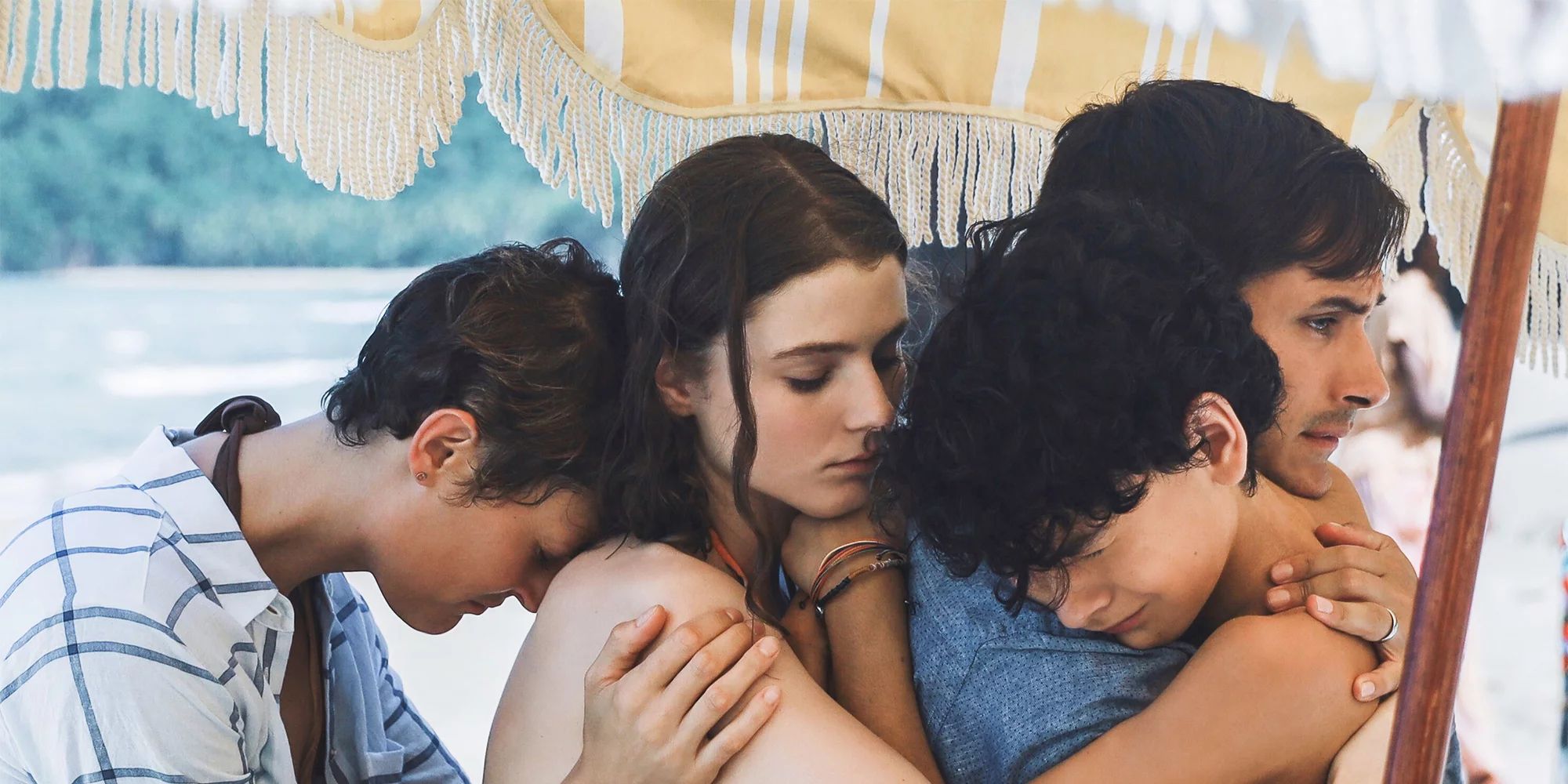
Although not as ambitious as most of his most famous entries, through Old, M. Night Shyamalan captures his own filmmaking essence from beginning to end. The premise of a beach that shortens lifespans is filled with suspense, and Shyamalan manages to intensify it to borderline horror. Old lacks the stand-out moments that have come to define Shyamalan’s style — which can make the movie too slow-paced at times — but the intriguing plot succeeds in keeping viewers on the edge of their seats. One of Old‘s biggest issues is the lack of consistency and cohesiveness between subplots, as the aging process of the characters feels arbitrary and some of the twists the movie employs to get to the final act seem lightly contrived in retrospect. As with many of M. Night Shyamalan’s directorial efforts, Old would have benefitted from more careful planning when it comes to its logic, but as an overall story, the 2021 movie is sure to captivate those interested in supernatural thrillers.
6. The Visit (2015)
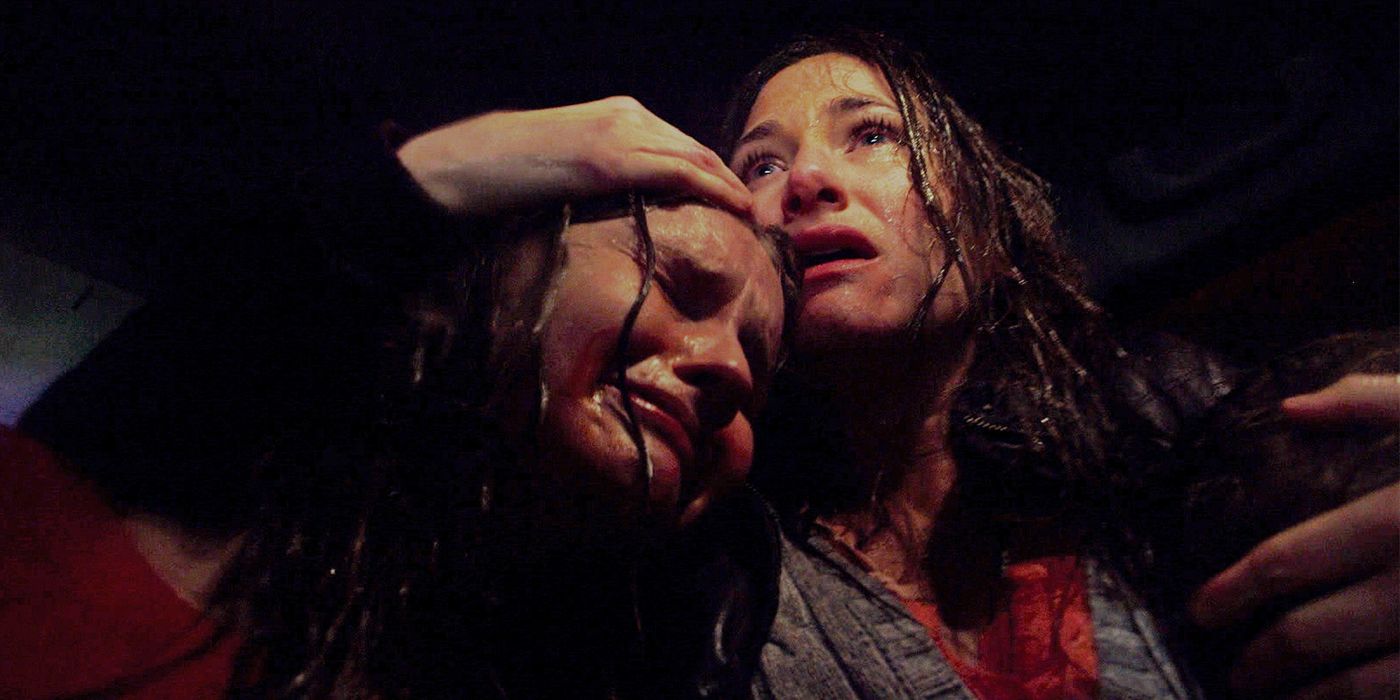
Everybody loves a comeback story, and The Visit was unanimously Shyamalan’s return to form. Though this film is bare-bones in every sense of the word – from the scaled-down story and setting to the documentary-style production – its strengths are in its restraint. A combination of Little Red Riding Hood and Hansel and Gretel, two siblings visit their estranged grandparents, only to discover that they’re not entirely who they appear. With an unexpected twist that feels just as understated as the film itself, there’s something refreshing about The Visit – even though those craving more outright horror and suspense may feel slightly underwhelmed once the film wraps up. As thrillers go, it’s an interesting trip into subverted expectations; and, for a filmmaker whose recent few films were scaring off his target audience, it’s a welcome entry.
5. The Village (2004)
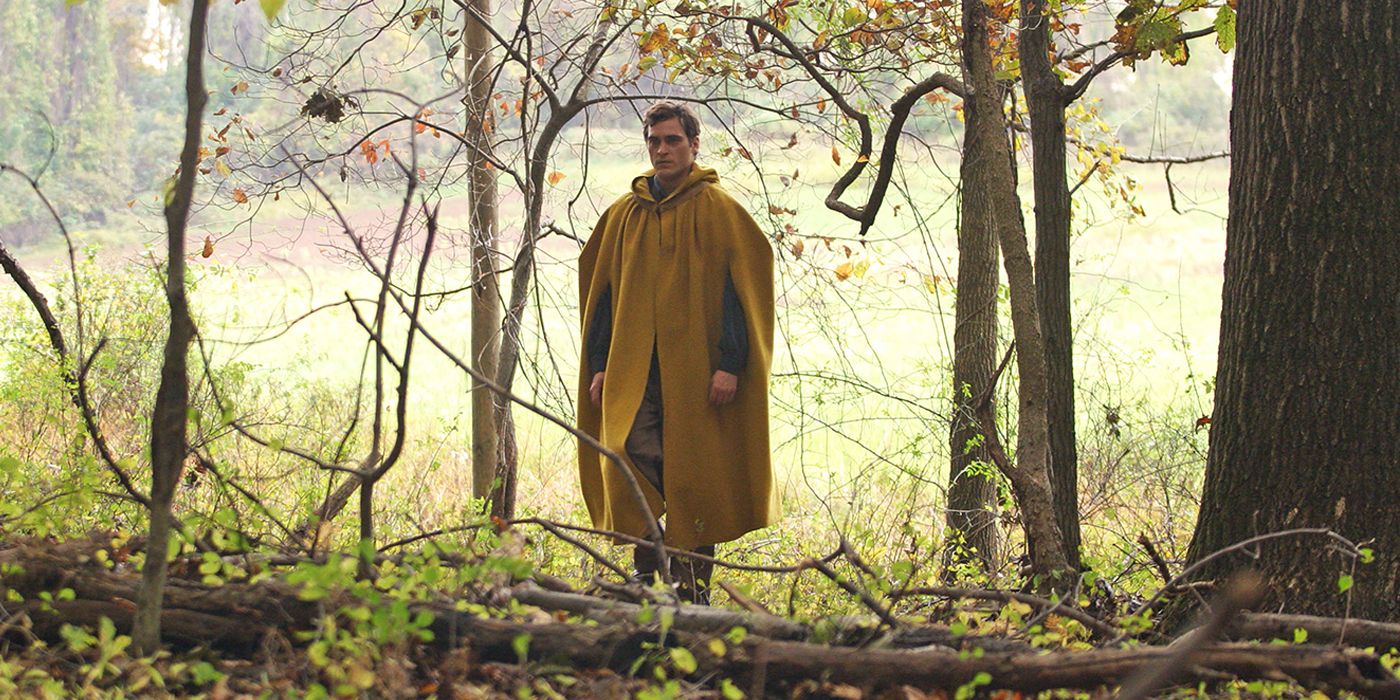
By the time Shyamalan made The Village, his name was already synonymous with success. Fans of horror and thrillers knew they could count on him for a satisfying slice of the supernatural; and what’s more is that, after dabbling with ghosts and aliens – all capped with his trademark twist endings – many were curious as to what new creature Shyamalan might unleash into the world. As it so happens, despite the film’s creepy period setting, A-list talent, and ambitious narrative, the third act fell short for most audiences, leaving The Village’s soured reputation to rest on disappointed genre buffs. The film’s twist has rendered second viewings joyless for those entirely invested in the horror aspect, considering the rug it pulls out from under any expectations for the supernatural, but that’s not to say it’s unsatisfying as a whole. The secret to enjoying The Village is going in without any presumption; and now that Shyamalan isn’t necessarily strictly associated with the horror genre anymore, this might be easier than it was back when the film was released.
4. Split (2016)
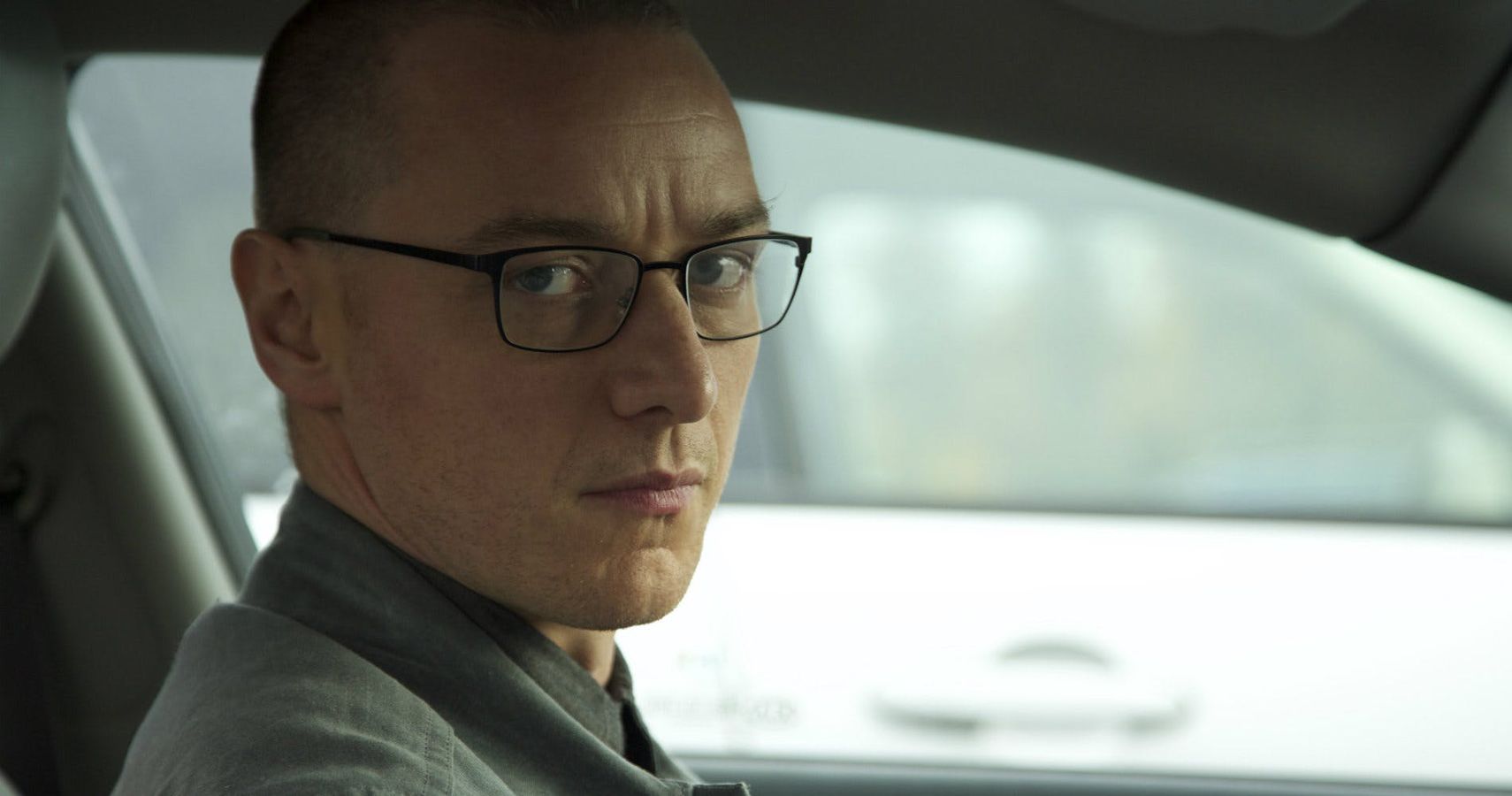
Shyamalan’s sophomore effort during his comeback tour would say a lot about whether or not he really did have what it takes to win back his once-faithful fans. As it so happens, he pulled this off admirably with Split. A seemingly simple story about kidnapping and mental illness, Split kicks Shyamalan’s love of the supernatural back into gear. In fact, it goes one step further by connecting the film back to his heyday – not only satisfying longtime fans, but a trilogy he had been planning since 2000. This film strikes a complementary balance between suspense, horror, and Shyamalan’s fascination of giving underdogs their due. And, again, it’s proof that Shyamalan is at his best when he shows restraint (even in the case of a superhuman man who can climb up walls).
Related: Do You Need To See Split & Unbreakable To Understand Glass?
3. Unbreakable (2000)
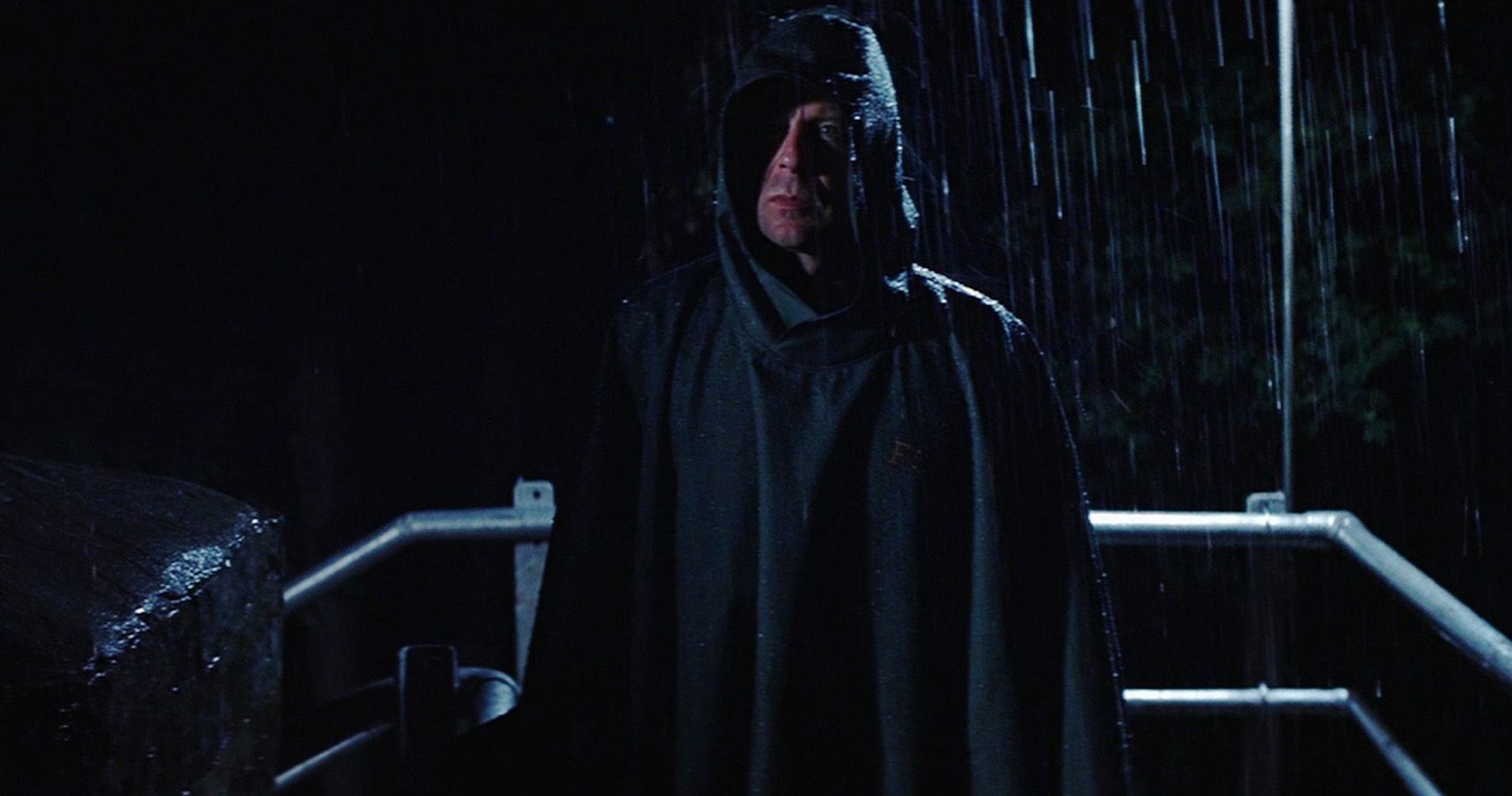
If his films prove anything, Shyamalan enjoys catching people off guard. He likes to subvert expectations. And, though this has been a detriment to his public image in some cases, it’s also one of his greatest strengths. It’s the crux of his creative identity. Following up the massive success of a ghost story with a film about superheroes – back when the superhero genre wasn’t given nearly the same kind of respect it’s given today – was a risk, but it was also a testament to his strength. Unbreakable is equal parts a love letter to comic book heroes and a spin on the status quo. It grounds the concept of superheroes into the real world, and it does so with moral ambiguity, death, and familial strain. In this world, heroes and villains are as human as anyone else, allowing Shyamalan to approach the genre from a far more self-aware angle than anyone else had before. While the ending leaves a little to be desired, despite an admirable effort to stir the pot in the film’s final moments, Unbreakable is proof that Shyamalan’s vision of the world is often worth a look.
2. Signs (2002)
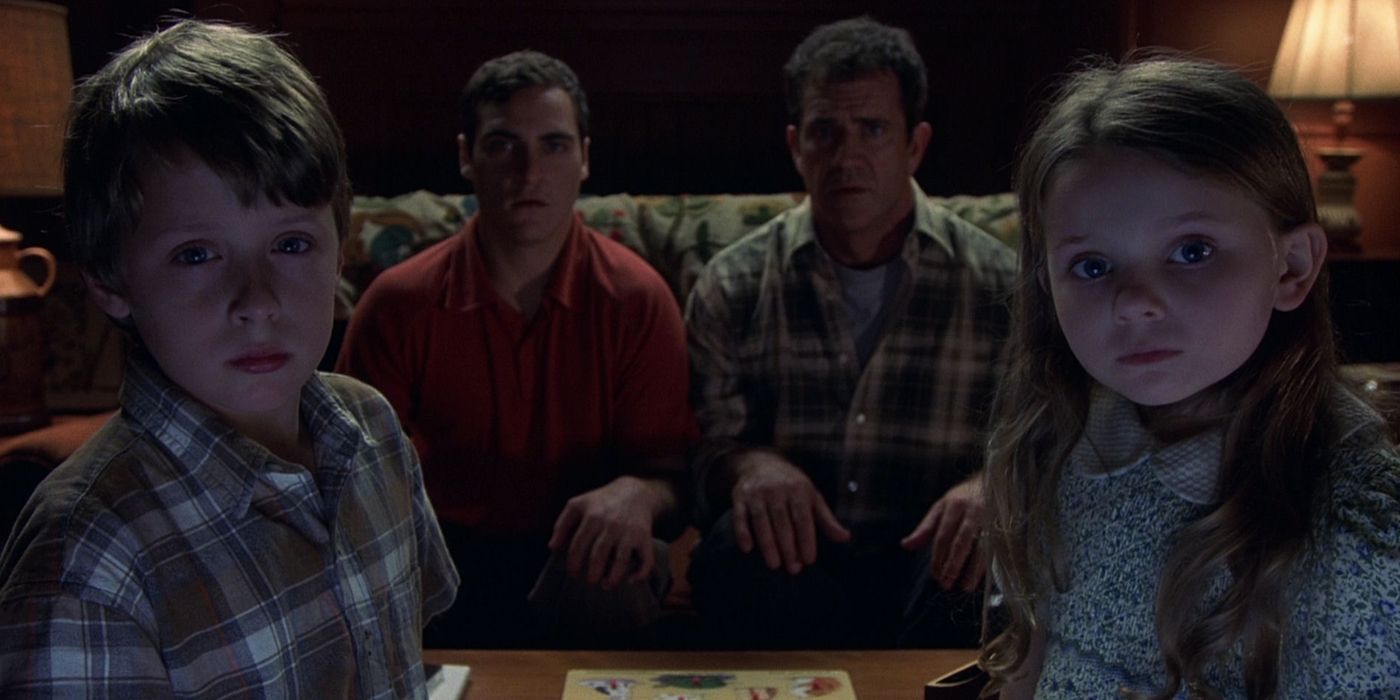
When it comes to criticizing Shyamalan’s films, the go-to jabs typically revolve around heightened symbolism, awkwardly-placed comedy, blatant inner struggles with faith, and cameos from Shyamalan himself. And yet, despite all of these components being focal points in Signs, they work. This is a story where the supernatural elements complement the real-world drama, not vice versa. As such, what could have easily been another recycled alien invasion spectacle turned out to be a slow burn of a small family figuring out how they’ll move on from tragedy. It’s not scary, it’s spooky; it’s not necessarily groundbreaking, but pleasantly old-fashioned; and it’s not perfect, but it plays to all of Shyamalan’s strengths with comfortable, controlled finesse.
1. The Sixth Sense (1999)
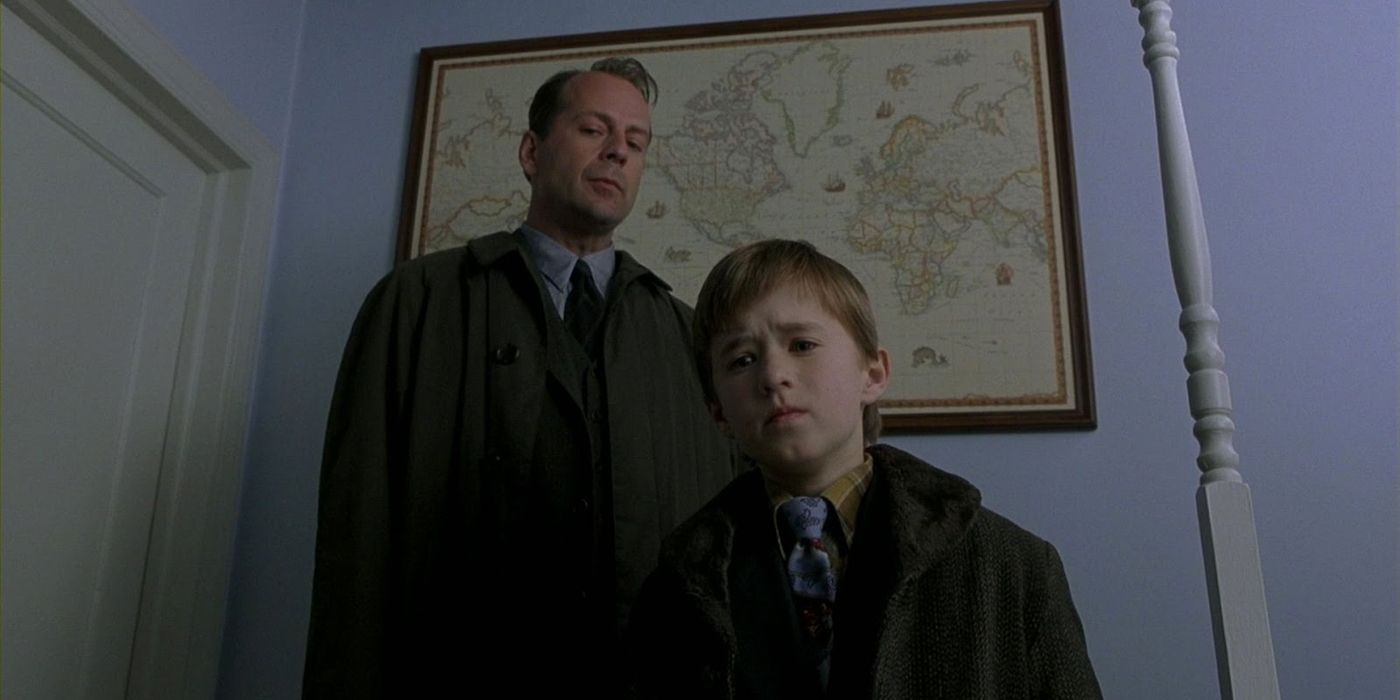
Ranking The Sixth Sense as M. Night Shyamalan’s best film is hardly on-brand when it comes to twist endings. That said, it’s arguably – almost objectively – his best film. It was a major awards contender (which may not mean much for some, but speaks to its impact), put Shyamalan on the map, and easily showcases him at his most confident (which is a testament to how tight and clean his script was). Where other horror films might rely on shock, The Sixth Sense does one better as an effective insight into death and loss, mental health and faith, and isolation versus companionship. It’s easily the most balanced of all of M. Night Shyamalan’s films; a satisfying grab bag of his creepiest, most atmospheric, and most emotionally invested trademarks.
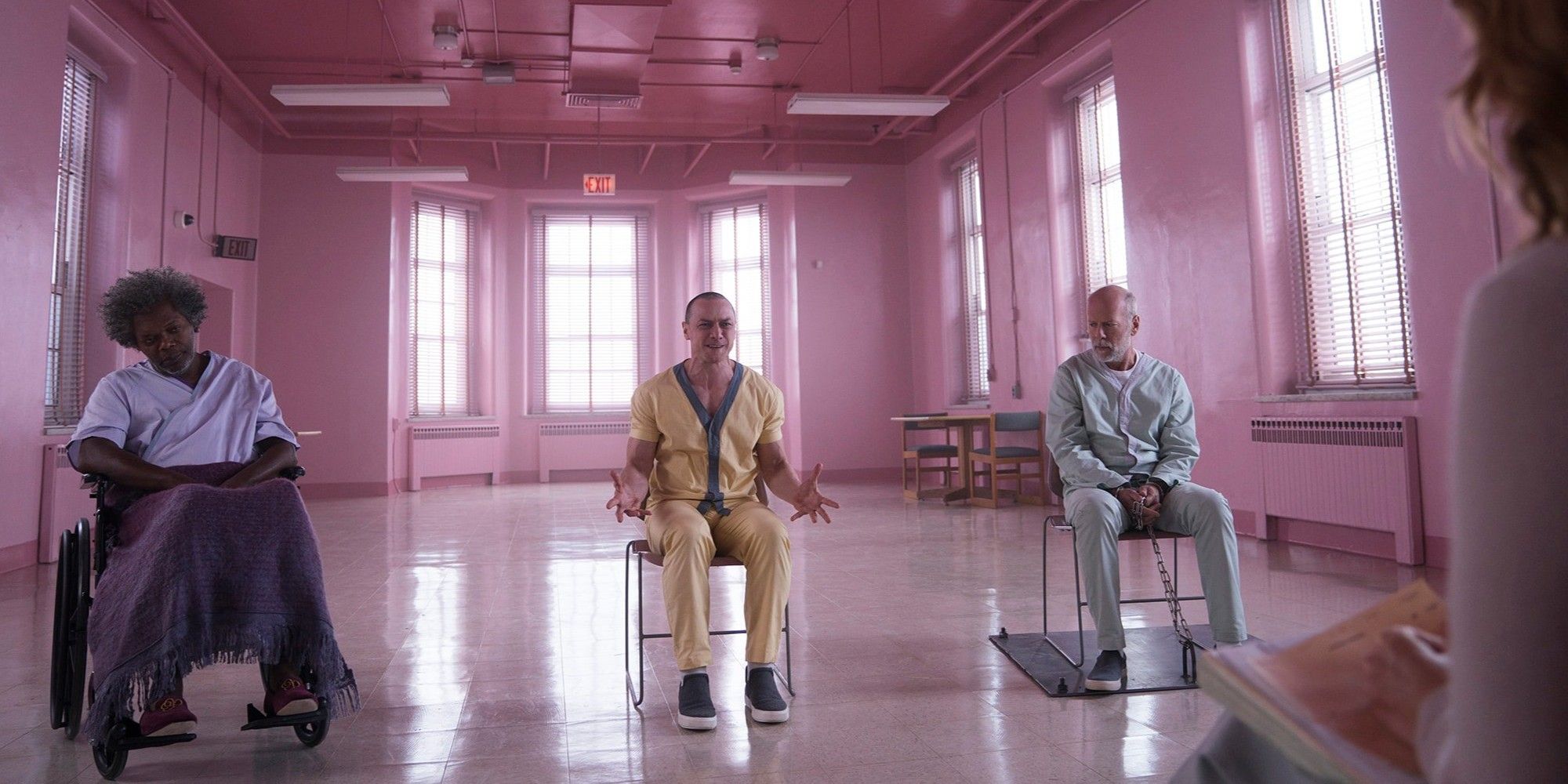
-Featured.jpg)



